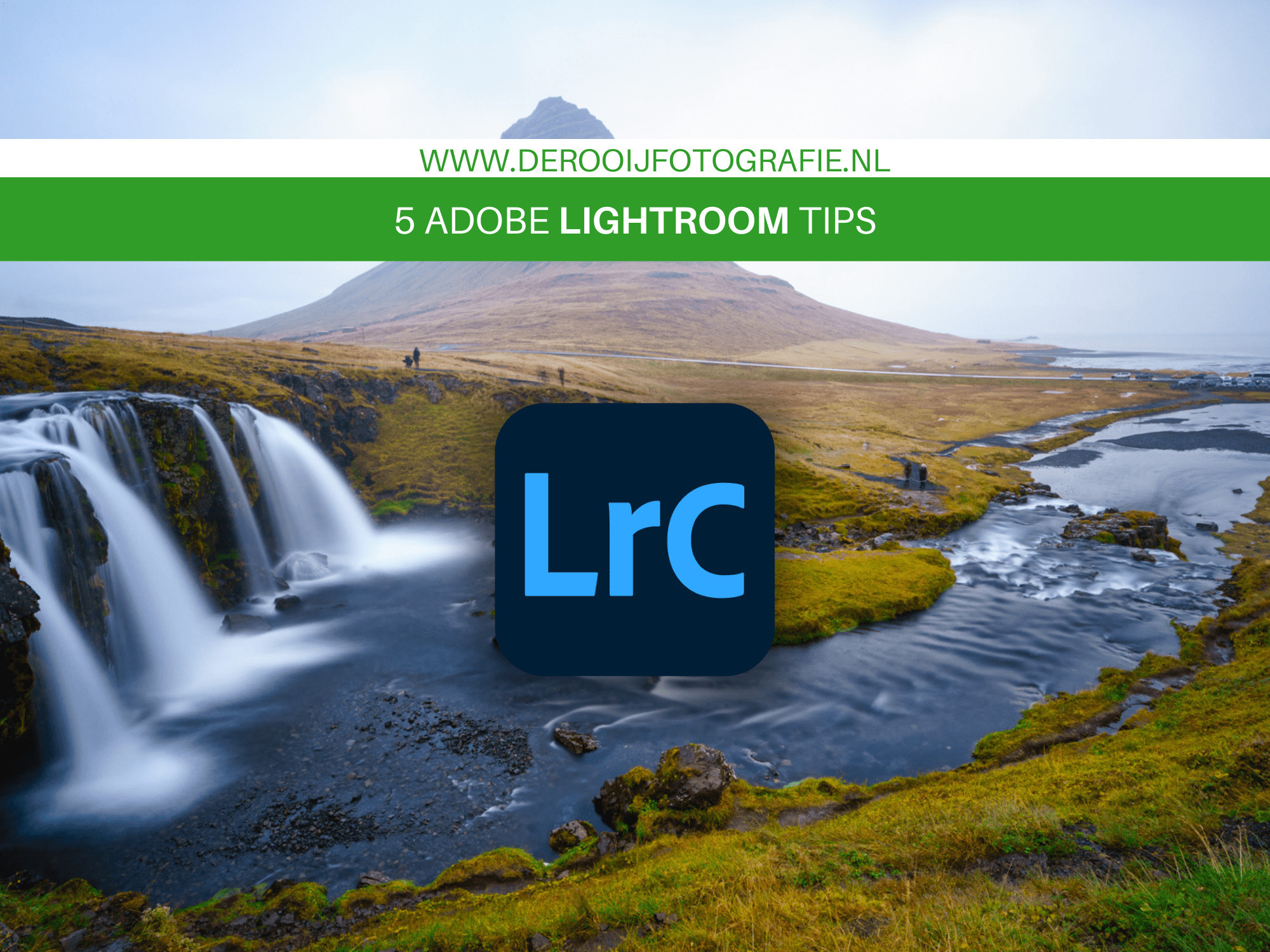5 Adobe Lightroom Tips
Adobe Lightroom is a powerful tool for photographers and photo enthusiasts alike. With its wide array of features and capabilities, it allows users to enhance and edit their photos to perfection. In this article, we will discuss five valuable tips to help you make the most out of Adobe Lightroom.
1. Organize Your Photos with Keywords and Metadata
One of the key benefits of using Adobe Lightroom is its ability to help you organize your photo library efficiently. To make the most out of this feature, be sure to utilize keywords and metadata. By adding relevant keywords to your photos, you can easily search and find specific images later on. Additionally, adding metadata such as location, date, and camera settings will provide valuable information about your photos.
2. Utilize Presets for Quick and Consistent Editing
Presets are a fantastic feature in Adobe Lightroom that allows you to apply specific editing settings to your photos with just a click. By creating and utilizing presets, you can save time and ensure consistent editing across multiple images. Experiment with different presets or create your own to achieve the desired look and feel for your photos.
3. Take Advantage of the Adjustment Brush
The adjustment brush in Adobe Lightroom is a powerful tool that allows you to make selective edits to specific areas of your photos. Whether you want to brighten up a subject’s face, enhance the colors of a particular object, or remove unwanted elements, the adjustment brush can help you achieve precise and targeted edits. Play around with the brush settings to fine-tune your adjustments.
4. Use the Histogram to Perfect Your Exposure
The histogram is a graphical representation of the tonal range in your photo, from shadows to highlights. By analyzing the histogram, you can determine if your photo is underexposed, overexposed, or perfectly balanced. Adjusting the exposure slider accordingly will help you achieve the desired brightness and contrast levels in your photos.
5. Export Your Photos for Different Purposes
Once you have finished editing your photos in Adobe Lightroom, it’s essential to export them in the appropriate format for their intended purpose. Whether you are sharing your images on social media, printing them, or creating a website portfolio, Lightroom offers various export options to cater to your specific needs. Pay attention to the resolution, file format, and color space settings to ensure optimal results.
Conclusion
Adobe Lightroom is a versatile and powerful tool for photographers, providing an array of features and capabilities to enhance and edit photos. By following the five tips mentioned above, you can take your editing skills to the next level and achieve outstanding results. Remember to organize your photos effectively, utilize presets for efficiency, make precise adjustments with the adjustment brush, perfect your exposure with the histogram, and export your photos appropriately for different purposes.
FAQs
Q1: Can I use Adobe Lightroom for video editing?
A1: No, Adobe Lightroom is primarily designed for photo editing. For video editing, you can consider using Adobe Premiere Pro or Adobe After Effects.
Q2: Does Adobe Lightroom require a subscription?
A2: Yes, Adobe Lightroom is part of the Adobe Creative Cloud subscription. However, you can also use the Lightroom mobile app for free with limited features.
Q3: Can I edit RAW files in Adobe Lightroom?
A3: Yes, Adobe Lightroom is well-suited for editing RAW files, allowing you to make extensive adjustments to exposure, color, and other parameters.
Q4: Is Adobe Lightroom available for both Windows and Mac?
A4: Yes, Adobe Lightroom is compatible with both Windows and Mac operating systems.
Q5: Can I sync my edited photos across multiple devices with Adobe Lightroom?
A5: Yes, Adobe Lightroom offers synchronization capabilities, allowing you to seamlessly access and edit your photos across multiple devices, including desktop, mobile, and web versions.
